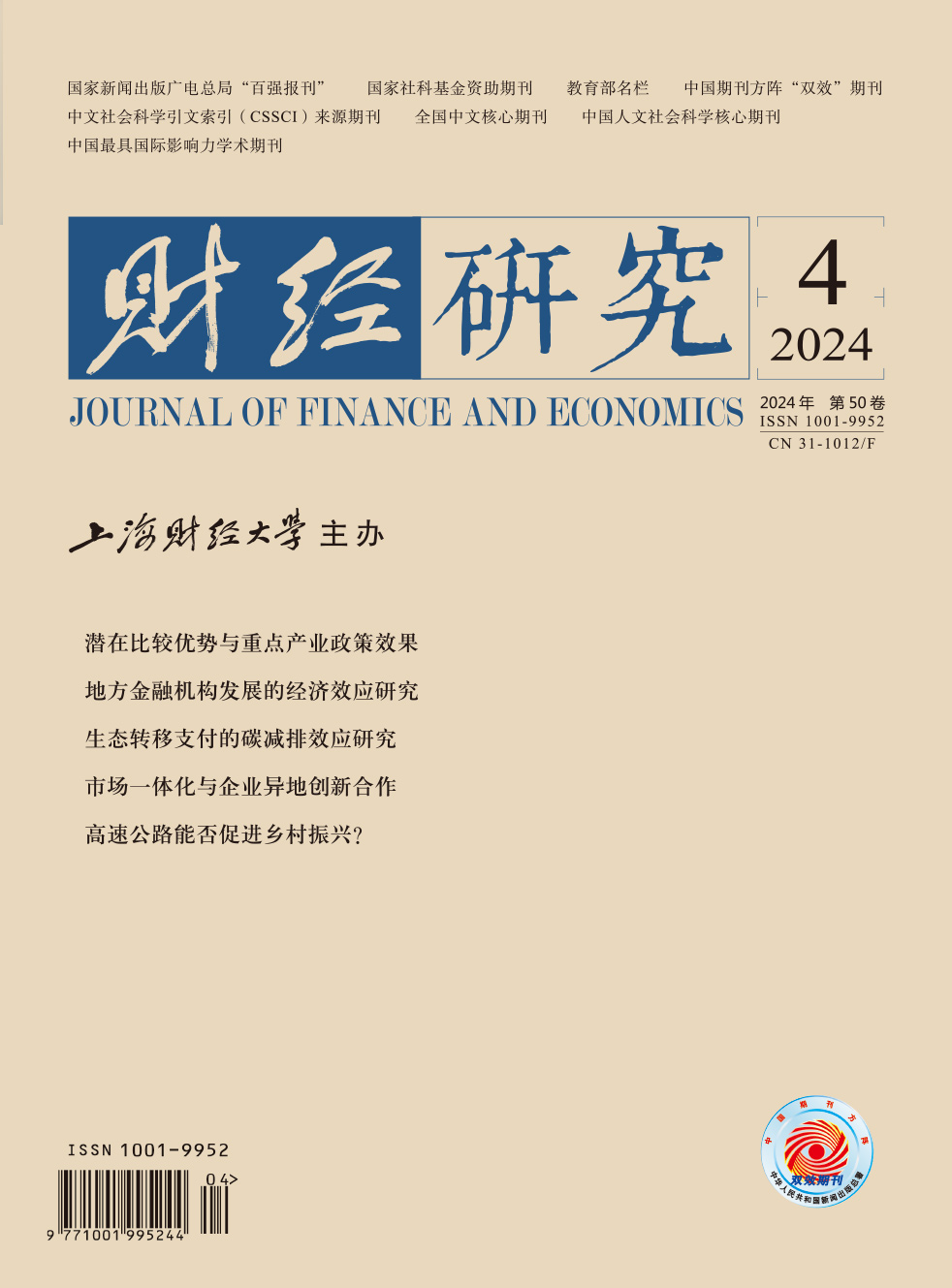Urban agglomeration is conducive to improving regional market integration and resource allocation capabilities, laying a solid platform for corporate collaborative innovation. Under the new development paradigm, the accelerated establishment of a unified market can lower transaction costs and improve cooperation efficiency, thereby making it a key approach to fostering high-quality collaborative innovation among enterprises.
The research background of this paper is a series of urban agglomeration development plans approved by the State Council of the People’s Republic of China since 2015. Adopting statistics on the patent applications of Chinese enterprises, this paper employs the approach of double machine learning to examine how market integration brought about by urban agglomeration development affects corporate collaborative innovation. According to the empirical results, after the urban agglomeration development plans are put into practice, respective cities have experienced a significantly improved level and quality of collaborative innovation among enterprises. Heterogeneity analysis reveals that, due to differences in the nature of property rights and industry characteristics, the impact of market integration on inter-regional collaborative innovation is more pronounced in domestic enterprises, and market integration exerts a limited impact on the collaborative innovation between domestic and overseas enterprises. Path testing shows that nation- level urban agglomeration planning promotes corporate collaborative innovation by coordinating inter-city interest goals and reducing industrial homogeneous competition. Mechanism analysis shows that the introduction of central cities further strengthens the effective role that urban agglomerations play in boosting regional market integration.
This paper has the following contributions: First, it analyzes the impact of market integration on corporate collaborative innovation from the perspective of the external shock brought by urban agglomeration development planning, providing a new perspective for market integration research. Second, it constructs a more comprehensive indicator system for corporate collaborative innovation, expanding the connotation of corporate innovation indicators. Third, it uses double machine learning for residual estimation to eliminate confounding factors and the adverse effect of restricted dependent variables on causal inference, resulting in more reliable causal inference.





 2398
2398  3195
3195

